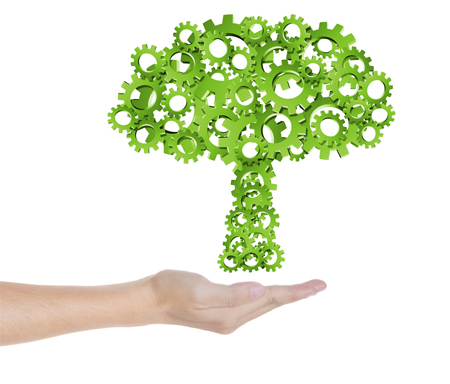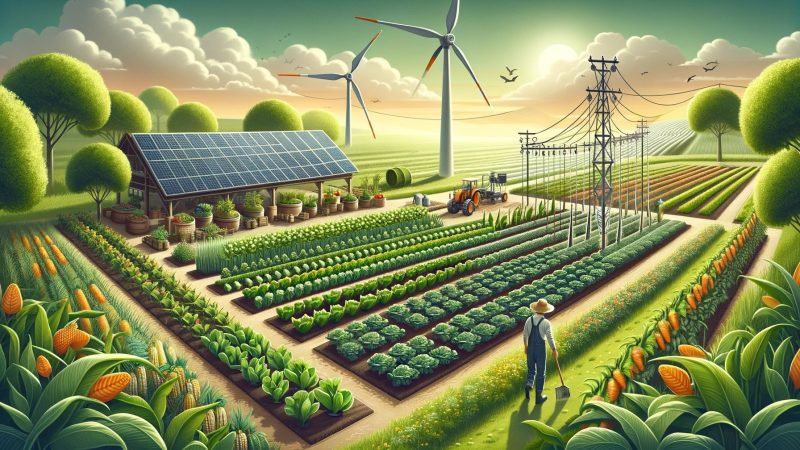How much will global poverty increase because of COVID-19?

In a recent blog post, we analyzed how the spread of the disease associated with the novel coronavirus (COVID-19) may bring damage to the global economy, and with it to food security and efforts to reduce poverty. We emphasized that the economic impacts of the present pandemic will be different from previous ones, including SARS, avian influenza, and MERS, which caused direct damage to livestock sectors, leading to food shortages and food price hikes in affected areas. No major food shortages have emerged thus far because of COVID-19.
However, the pandemic is having significant economic impacts. It is rattling global stock markets and economic activity has slowed dramatically in places where many people are ill and movements are restricted to contain further spread of the virus. Signs of continuing economic slowdown are most visible in China, but due to broader containment measures elsewhere, including restrictions on travel, shutdowns of bars, restaurants, and other gathering places, and additional limits placed on services, the economic impacts are now spilling across countries. Fears for a global economic slowdown are increasing. Economic forecasters project global growth could be cut in half in 2020, to 1.5% from an earlier forecast of 3%. In our previous post, we projected that for any one percentage point slowdown of the global economy, the number of poor—and with it the number of food insecure people—would increase by 2%, that is, by 14 million people (and possibly more depending on the nature of the economic disruptions). Here we explain how we reached this estimate.
These impacts are as yet hard to predict, since so much is unknown about COVID-19, including how fast it may spread and how effective containment measures will be. The demographic profile of people affected by COVID-19 suggests the direct economic effects of coronavirus-related morbidity and mortality may be more muted than in pandemics like the Spanish flu of 1918, whose impacts fell most heavily on young people, including many in rural communities. Thus far, older people with poor health have been shown to be by far the most vulnerable to becoming seriously ill with COVID-19. Most people in this group are not in the work force. Aside from increased healthcare costs and lost productivity, the economic damage is thus likely to be felt mainly through the impacts of the restrictions on people going to work, on travel, and on social interaction…






